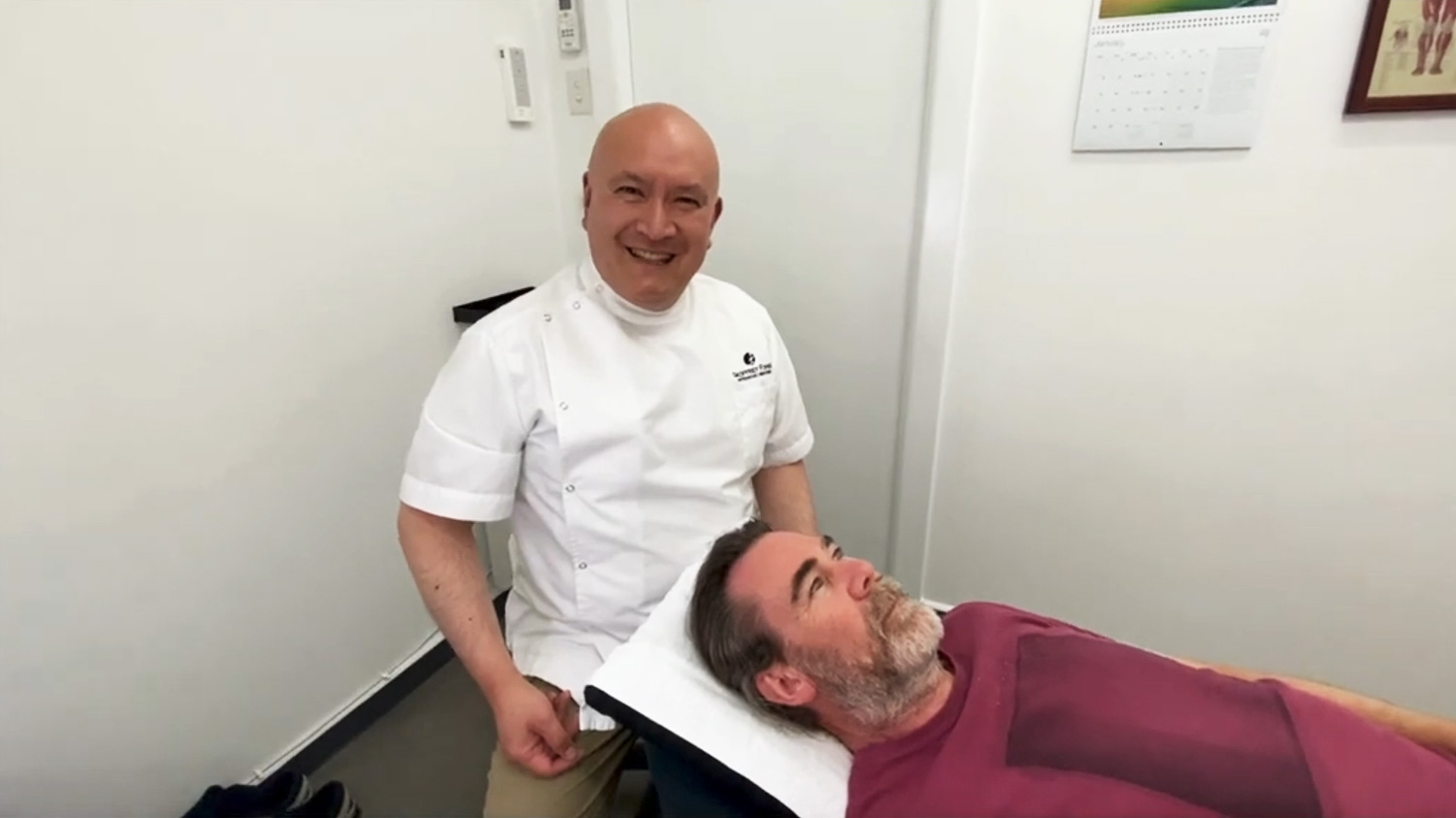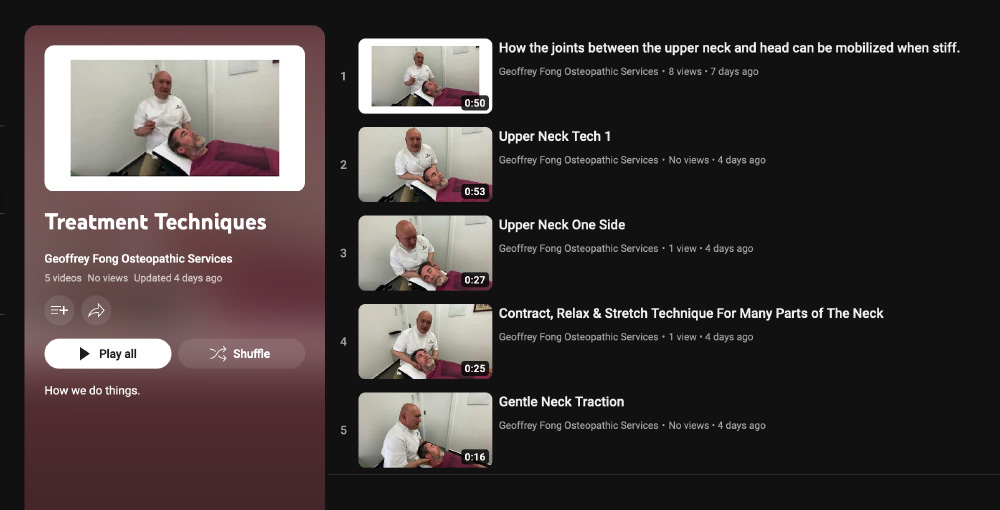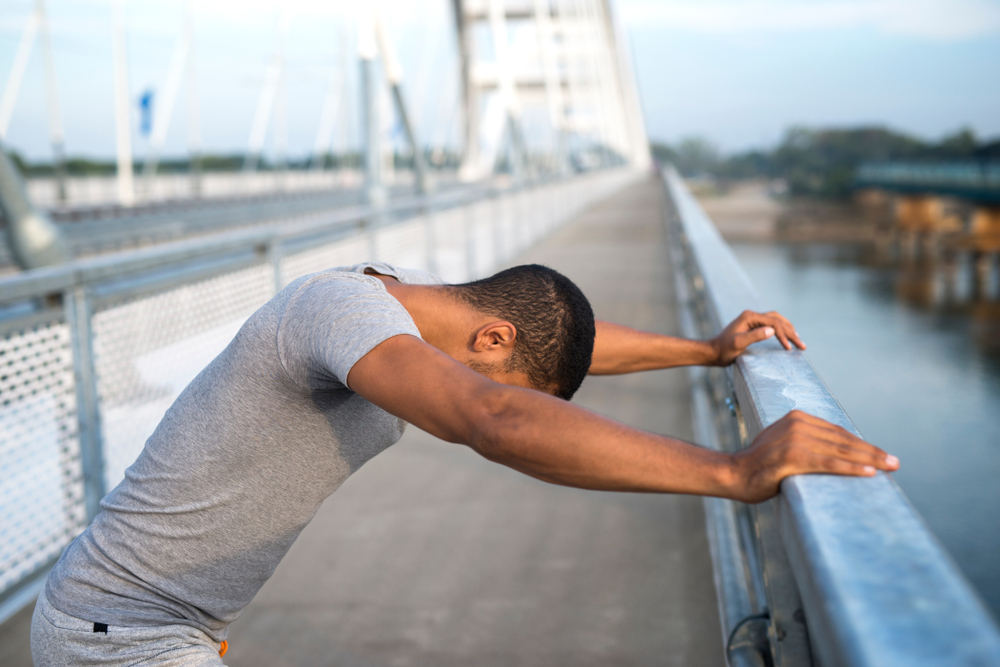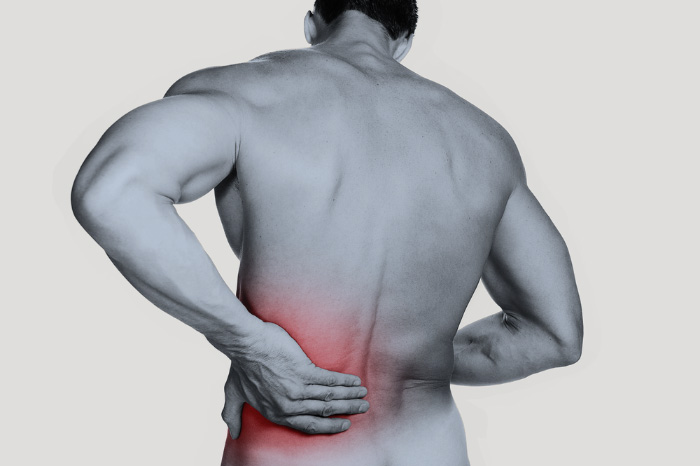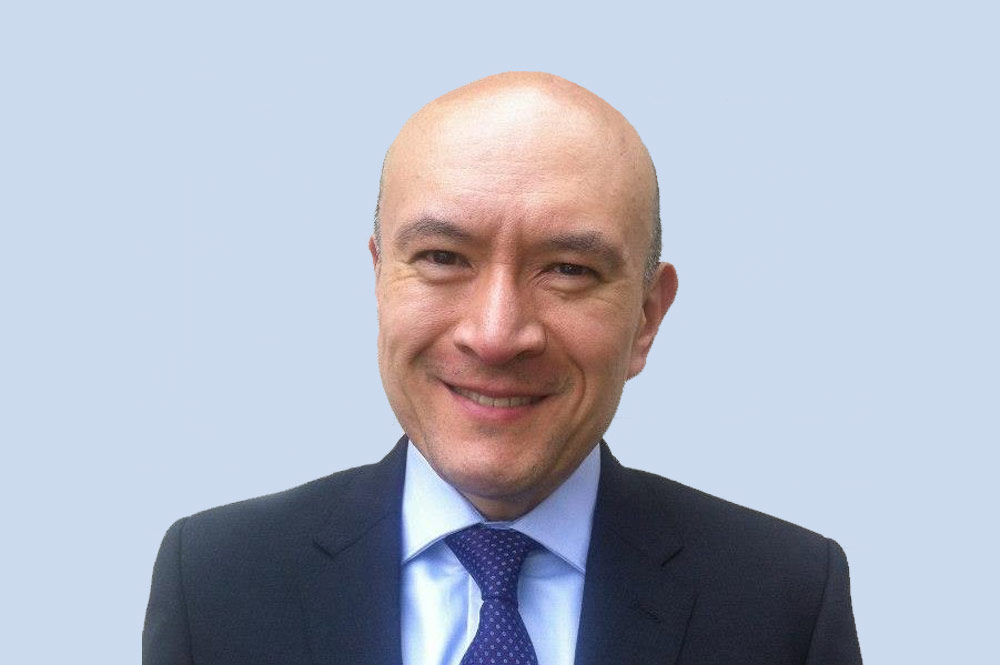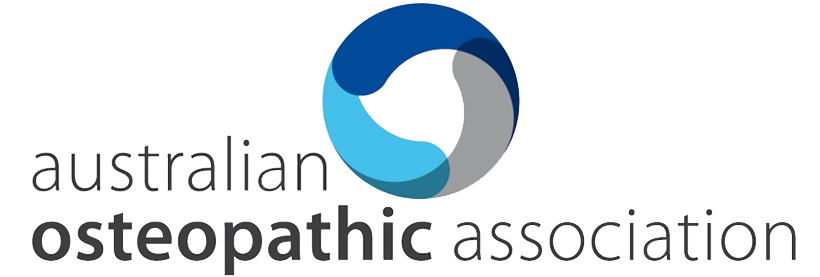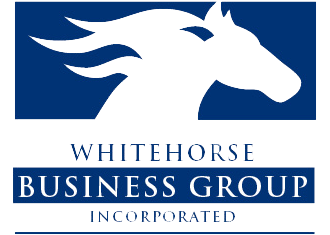Do Osteopaths crack joints?
You may have heard that Osteopaths crack joints. Someone you know or have heard about. may have been suffering from pain when they tried to move and saw an osteopath who had helped them feel better and restore their normal mobility. The idea of having your joints cracked may cause you to have second thoughts about whether to see an Osteopath for help. It sounds scary! So, to give you a better understanding of whether and when an Osteopath would crack your joints, I’ll outline the answers to that question.
The short answer is sometimes.
The long answer is, it depends on whether you have had good results in the past and how long ago that was. It’s important to determine if in your situation it is appropriate and safe. Osteopaths generally tend to use an addition range of techniques to address issues with stiff joints. There is often a restriction of movement within the joints because of the muscles that control the range of motion of a joint. To effect change within the joints, Osteopaths frequently address the local and regional muscles tensions, flexibility to implement longer terms changes and improvements in your movements, aches and pains. But, before any treatment happens, it is crucial to diagnose what your situation is and perform special tests to work out if the benefits of one treatment are much greater than any side effects.
When is it okay for an Osteopath to crack your joints.
If you have had a thorough examination and treatment by an AHPRA (Allied Health Professional of Australia Board) professionally government registered practitioner or your medical practitioner and felt that it was benefit in the recent past. It helps to have a clear understanding of your medical and health status.
When it is best practice for an Osteopath to not crack your joints.
- Bone Thinning
- Old or new neck fractures
- Risk of diseased neck arteries
- Risk of erosion of the joints because of arthritis
If you have issues with bone thinning (AKA osteoporosis or osteopenia): this will usually have been diagnosed by a special X-ray by your doctor, have had falls in the last 8 weeks, sudden loss of height which can indicate a spinal fracture and or cancer. Another issue particularly in relation to neck pain and stiffness is if you are experiencing any dizziness, especially when you look up or turn your head for a short or long period. This can be entering the “Russian Roulette” scenario that many people have heard about and make them very concerned about cracking of the neck. The underlying issue that can make cracking the neck risky is arteriosclerosis affecting the walls of the vertebral artery. This causes the thinning tube within which the blood flows through the neck and up to the brain. It is not the sole supply to the brain, but the issue is if there is a blockage of flow within this artery and cracking the joints suddenly releases the clot, it can flow up to the brain. Another scenario is that the wall of the artery is brittle because of the cholesterol deposits. Brutal cracking can tear the lining of the artery. Thankfully, there are tests both in the clinic and diagnostic imaging to work out if there is a compromise in your neck arteries that determine if it is too high risk to do it.
A different set of diseases that may mean that you shouldn’t crack the joints is some forms of arthritis including rheumatoid arthritis because the joint between the first and second spinal bones can be compromised by weakening of the ligaments that connect them.
This all sounds a bit scary, but when you have a professional Osteopath taking care of you, you’re in good hands. In our clinic there are less risks because we think of, look for and know when it is too risky to crack your joints and instead, have other methods to deal with the situation.
Alternatives to cracking the joints.
It is important to know that Osteopaths have about 8 main technique types.
If there are too many unknowns, clinic tests show that you are at risk, we can provide alternatives. Besides the neck muscle massage techniques there are other less vigorous and less risky options that we use to free the movement in the neck.
Technique 1 Sub-Occipital Rocking of Both sides at the same time
The first technique is called sub-occipital rocking or springing otherwise known as an articulation or low amplitude and force technique that slowly moves the joints at the top of the neck.
Technique 2 Sub-Occipital Rocking on One Side:
rocking or springing otherwise known as an articulation or low amplitude and force technique that slowly moves one of the joints at the top of the neck at a time.
Technique 3 Muscle Energy Technique for one sub-Occipital Joint at a time:
I refer to this as a “contract, relax and stretch movement” (which Osteopaths refer to as a Muscle Energy Technique) where we momentarily trick the small muscles across and around a joint into relaxation and then provide a small movement to stretch the muscle and move the joint.
I have produced videos to demonstrate these techniques. Please look and if you have any questions, let me know.
For more information on neck pain visit: https://www.fong.com.au/treatment/neck-pain/
